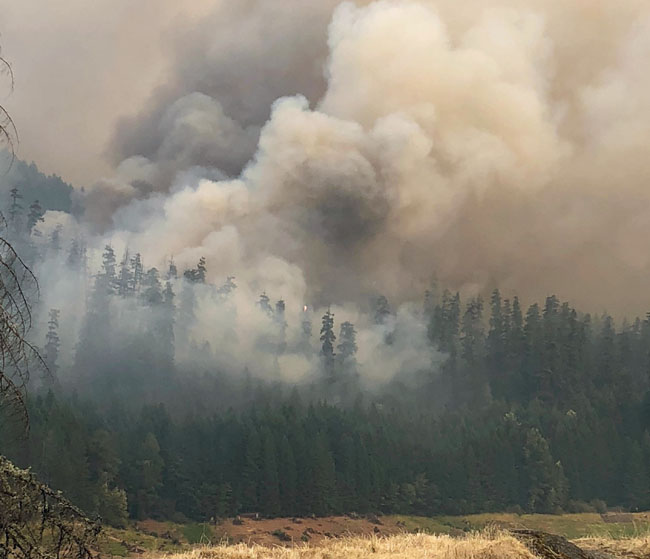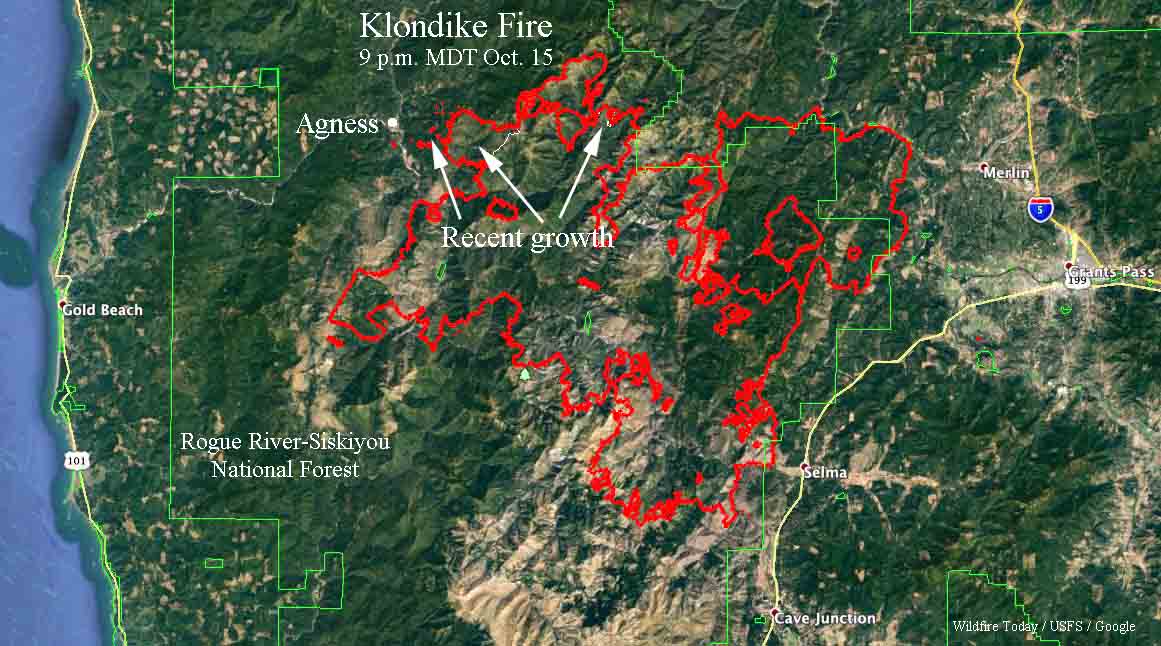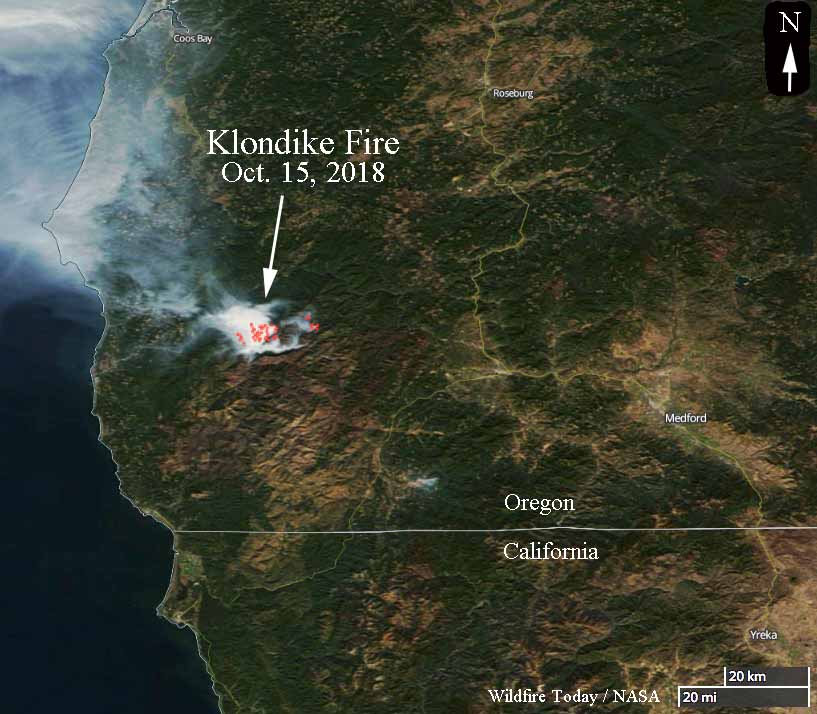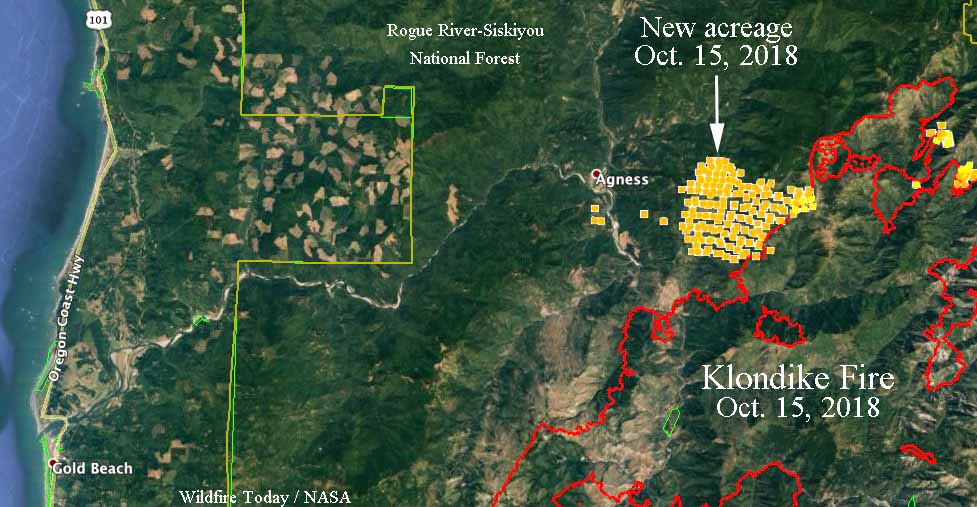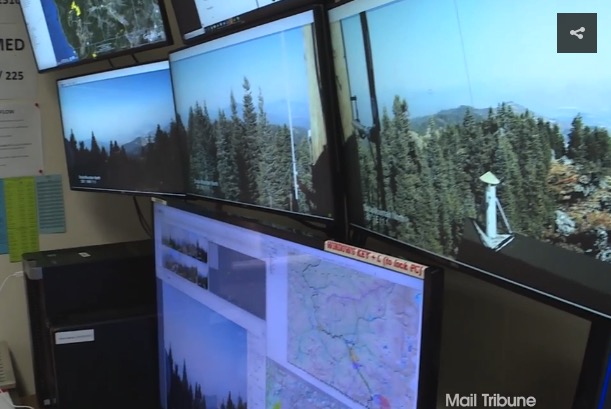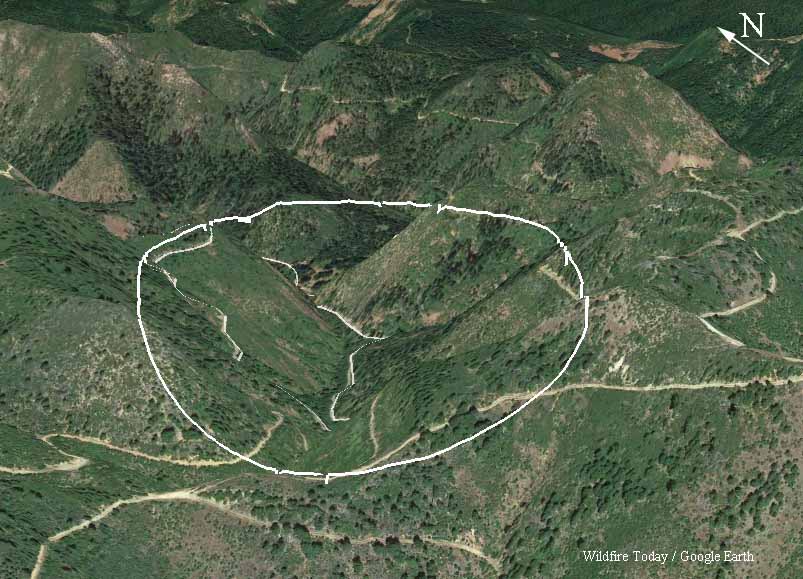Deschutes County in Oregon has approved new zoning that will require new construction on the west side of Bend to be low density and fire-resistant.
Oregon Public Broadcasting reports that the new regulation will result in 90 percent fewer homes in the area than the previous code permitted.
One contributing factor that led to more than 15,000 homes being destroyed in two fires in California in 2018, the Camp and Carr Fires, was the close spacing between the structures.
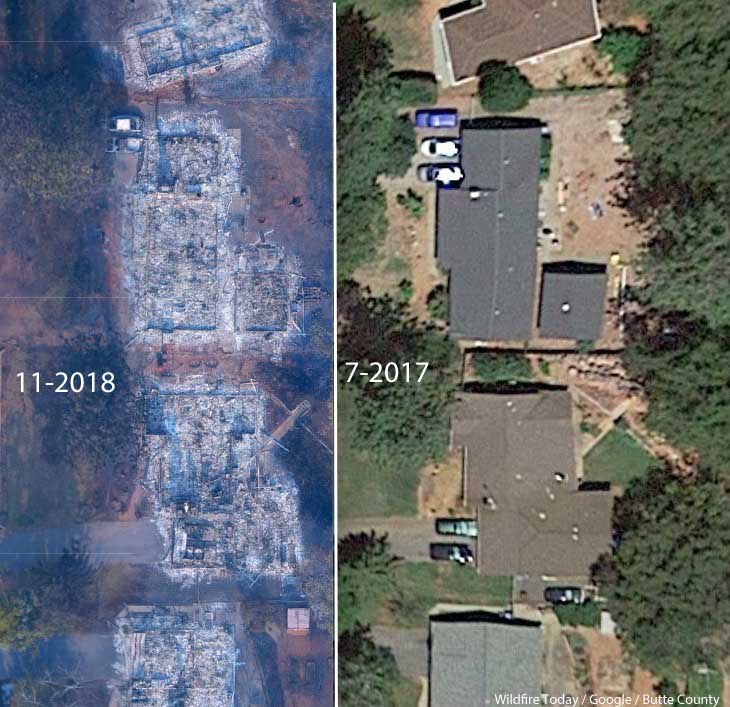
Cities, counties, and planning boards (where they exist) are often under pressure to approve new housing developments. They want to expand their tax base. Developers try to fit as many homes into a new subdivision as possible to maximize their investment. This too often results in homes that are 20-feet apart. If one is ignited by a burning ember that may have traveled a quarter of a mile from a fire (or a burning home) the radiant heat alone can ignite the homes on both sides. Then you can have a self-powered conflagration spreading house to house through a city. As long as the structures are that close together, the homeowners have not reduced the fuel in the Home Ignition Zone within 100 feet of the structure, and the home itself is not built to FireWise standards, a massive disaster can be the result.
Reducing the chances that a fire in a populated area will turn into a disaster that burns thousands of homes involves at least three categories of factors, in addition to weather:
- Envelope of the structure itself: characteristics of the roof, vents, siding, doors, windows, foundation, fences, eaves, and decks. A FEMA publication (13 MB) has excellent detailed recommendations. Headwaters Economics found that the cost of building a fire-resistant home is about the same as a standard home.
- Home Ignition Zone — topography and fuel within 100 feet.
- Community infrastructure and planning: distance to nearby structures, evacuation capability, safety zones, road and driveway width, turnarounds at the end of roads, signage, and emergency water supply. Again, the FEMA document has great recommendations.
More information about how to prevent wildfires from wiping out communities.
Thanks and a tip of the hat go out to Kelly.
Typos or errors, report them HERE.

